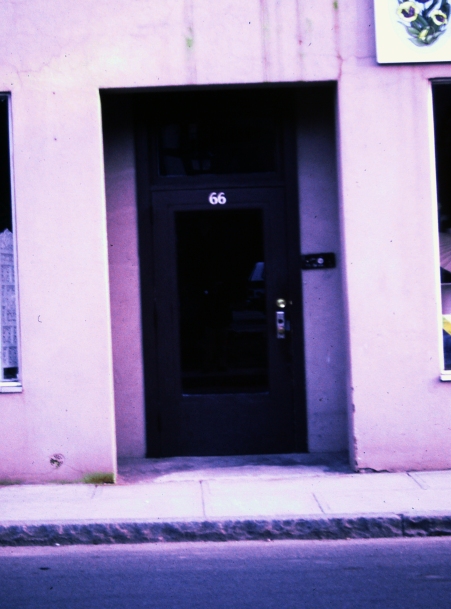
In 1970, I had just started my sophomore year at UMass when I broke up with my partner Susan and needed a cheap place to live on the bus route to Amherst. Since I was in a non-functioning emotional state, it was only due to the one friend we had made in Northampton, Madeline Littlefield, that I got moved into a rooming house in town.
The old three-story house at 66 Green Street, with its maze of hallways leading out from a central staircase on the top two floors, looked as though it had been designed to be a rooming house. What had probably been a deep, covered front porch with a little yard and an adjacent alley, however, had been converted to cinderblock storefronts built right up to the sidewalk, though the two old apartments still existed behind them. One had to step back from the pink, painted, stucco front to get a glimpse of the original shingled edifice, which had steeply slanted roofs and a turret hiding a whole other world from that of the Smith College campus right across the street.

“Elmhurst Apartments” was painted on the glass transom over the entry door located between the shops. The door led into a small, narrow foyer with flat, black, metal mailboxes affixed to the right hand wall and a carpeted staircase with wooden banister leading upward on the other. Dimly lit, creaking steps, slightly slanted into the void and crowded by a wall with painted over wallpaper, led to the fourteen rooms and two apartments above. There were shared bathrooms and hallway sinks on the second and third floors as well as a kitchen on the third which had originally been room #5.
Mrs. Snowden was the housekeeper, a term new to me. She was a combination manager and maid, sending the bed linens out to a laundry service but washing the towels in the basement machine. A furnished room for single occupant came with a weekly change of linen (one of the sheets, pillowcase and towel) for eight dollars a week. The top floor rooms had slanted ceilings, and those in the corners of the building claustrophobically fit only a single twin-size bed, dresser, and straight backed chair.
A few of the tenants were longtime residents, older single or widowed, retired or employed by nearby Smith College. They set a clean, quiet, mind-your-own tone. The majority, though, were transients, mostly men, who saw the ad in the Gazette, placed there whenever there was a vacancy. I recall people just discharged from the State Hospital up the hill and migrant workers between crops passing through.
Busy with school and multiple activities, I didn’t initially engage much with the other tenants, except for hellos and a worry that they might smell the pot smoke leaking into the hall through the blanket covered door and transom. Or notice increased noise and the occasional presence of a woman lover, as over the next couple years friends from Student Homophile League and then the Gay Women’s Caucus and Valley Women’s Center began increasingly to visit.

Over time, I got to know a bit about the regulars. The housekeeper Ada Snowden was friends with another widow on the third floor named Eva Crovo. The two of them could be heard clattering in the kitchen together every evening before and after they ate in Ada’s room. On the second floor, the retired widower Abner Solon went out somewhere for the day, including, it appeared, all his meals. Living next to Abner at the top of the stairs to the second floor was Sophie Szarek, a retired old maid who was to become somewhat of a legend in those early years at Green Street.
After I had been living there a few months, I noticed that sometimes when I came home, just as I was reaching the top of the stairs to the second floor, I would hear a door slam shut. Sophie, that elusive tenant, would peek out of her room to see who was coming up the stairs and then hide before she was seen in return. When I started taking a psychology class and learned of operant conditioning, I decided to try it on Sophie. Now when I came in, I called hello to her, and gradually was able to engage her in neighborly conversation.
Sophie had come from Poland to the Valley as a twelve year-old. A cousin had found her work as a maid in a “Yankee” household, which she did for her entire working life. Even with her heavily accented English, it was possible to understand her scornful contempt for all things “Yankee,” which seemed to extend to the few other women in the house, who never befriended her. I was able to introduce her to more congenial and increasingly bemused neighbors as friends of mine moved into the house.
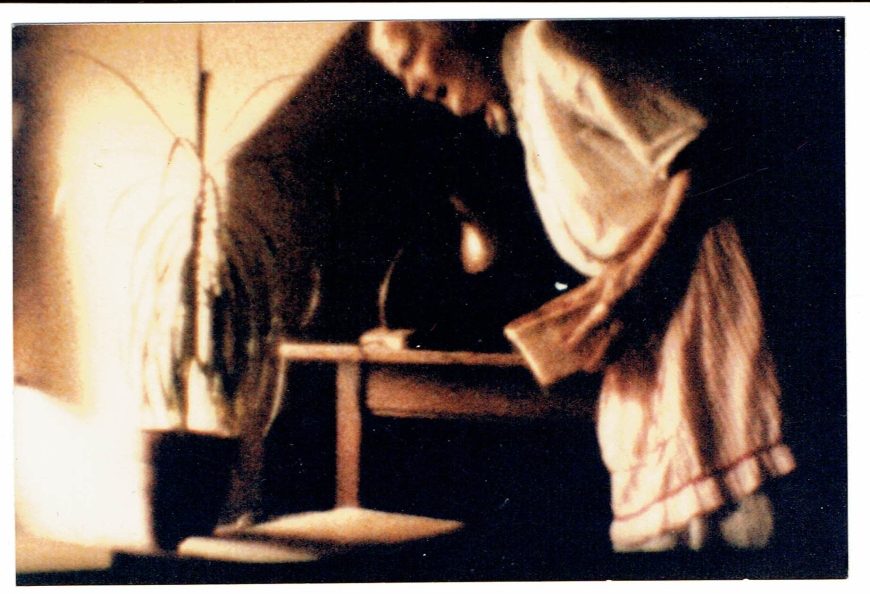
I was somewhat surprised when Mrs. Snowden asked me to substitute for her as the housekeeper over a summer. She worked as a cook at one of the Smith houses during the school year, but returned to her home in Nova Scotia when she could during the summer school break. The job at 66 Green Street broadly entailed renting the rooms and collecting the rent, cleaning the common areas and vacant rooms, checking the boiler, handling the laundry, and reporting to the landlord. In exchange, the room was rent-free and a phone paid for by the landlord was installed. Mrs. Snowden was pleased enough with me that when she retired from her cook’s job in the summer of 1972 and wanted to return permanently to Canada, she recommended that I be her replacement.
For the next three years, as Green Street’s housekeeper, I filled every new vacancy that I could by word of mouth, with known or recommended women, most of them lesbian. In the remainder of 1972, eight women, five of them lesbian, filled vacancies. With the addition of another lesbian at the start of 1973, five of us collectively rented a room in the name of Kaethe Kollwitz that served as a common room. We also offered it as emergency housing through the Valley Women’s Center in Northampton and Everywoman’s Center at UMass. Over the two years we maintained the room, it temporarily housed a few famous and infamous women.
By Fall of 1975, I was ready to quit the job. Lesbians now lived in the majority of the rooms and one of the apartments at “Green Street,” as it was increasingly referred to in the women’s community. As the town built elder housing, all but one of the senior tenants had moved to those better accommodations. They took their moderating influence with them. As well as a 100% turnover in tenants, usual for a rooming house, the change brought increased noise, traffic, and mess in the common areas, which increasingly frustrated me as housekeeper. I had to draw a large poster for the bathroom illustrating how to replace a used-up roll of toilet paper. I’ve been reminded by a former tenant of the time I went in the kitchen and threw every unwashed dish, glass, skillet, pot, utensil (piles of them) out the third floor window. I kept living at Green Street even after I was no longer the housekeeper.
Peggy C., old UMass friend and resident down the hall from Sophie and Abner, agreed to take over the job with the landlord’s blessing. However, the ever-increasing cleaning chores and wrangles as the “authority” figure discouraged her, too, and within only a couple weeks she was ready to quit.
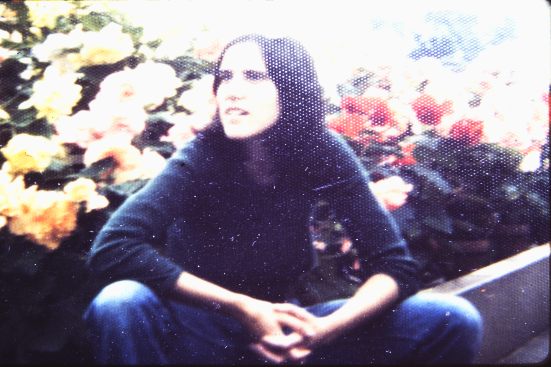
Faced with the possibility of losing this now largely women’s, space, the tenants agreed to experimentally form a sub rosa cooperative that would share the work of maintaining the house and making decisions, including who would live there, greatly reducing the responsibilities of the landlord’s hired housekeeper, now the secret tenants’ co-op’s front person as well.
Kate A. became the first housekeeper under this new arrangement toward the end of 1975. A notebook was set up on a dresser in the second floor hall as a house communications log, with the weekly job rosters, house rules, and meeting notices. Over time, messages about happenings in the community as well as individuals’ lives accumulated in the log. [The log has been preserved at the Sophia Smith Collection, Smith College with appropriate use restrictions.]
By the time I left in 1978, to be with my dying mother, at least seventy different women, mostly lesbians, had lived at Green Street over that five year period, some multiple times. A few stayed for only a week or two, others rented for years, with 6-8 months being the average stay. Though many were college educated, initially most lived there because it was the cheapest housing available and near the bus route. Being able to be open with each other and have like-minded neighbors became a desirable bonus.
The drawback was that it was often like living in a soap opera, witnessing fights between lovers or class clashes in the hallways. Because so many of us were to be involved in creating the new Lesbian community, community conflicts carried over into our living space as well. Green Street’s story as a Lesbian cultural institution continues well into the next decade and beyond. That, as well as little tales from the seventies as they are relevant, will be included in future blog posts.
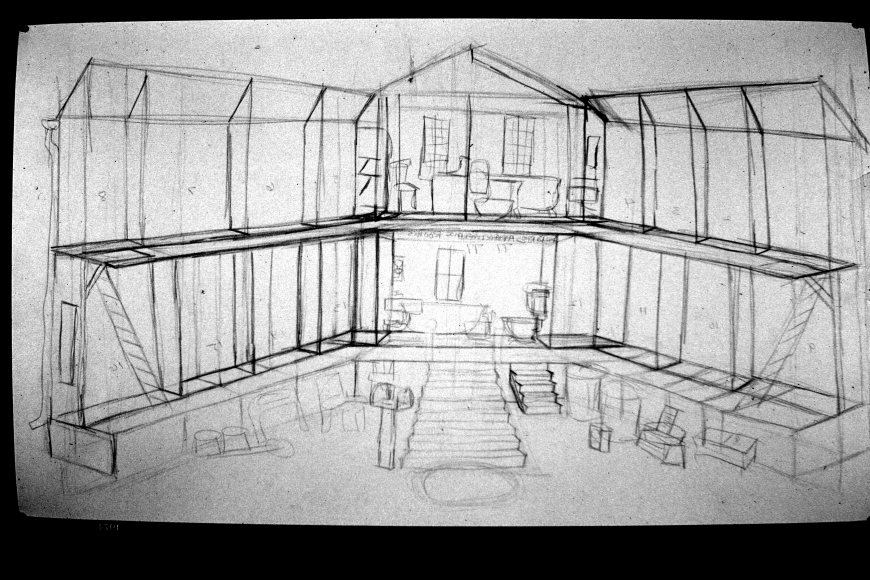
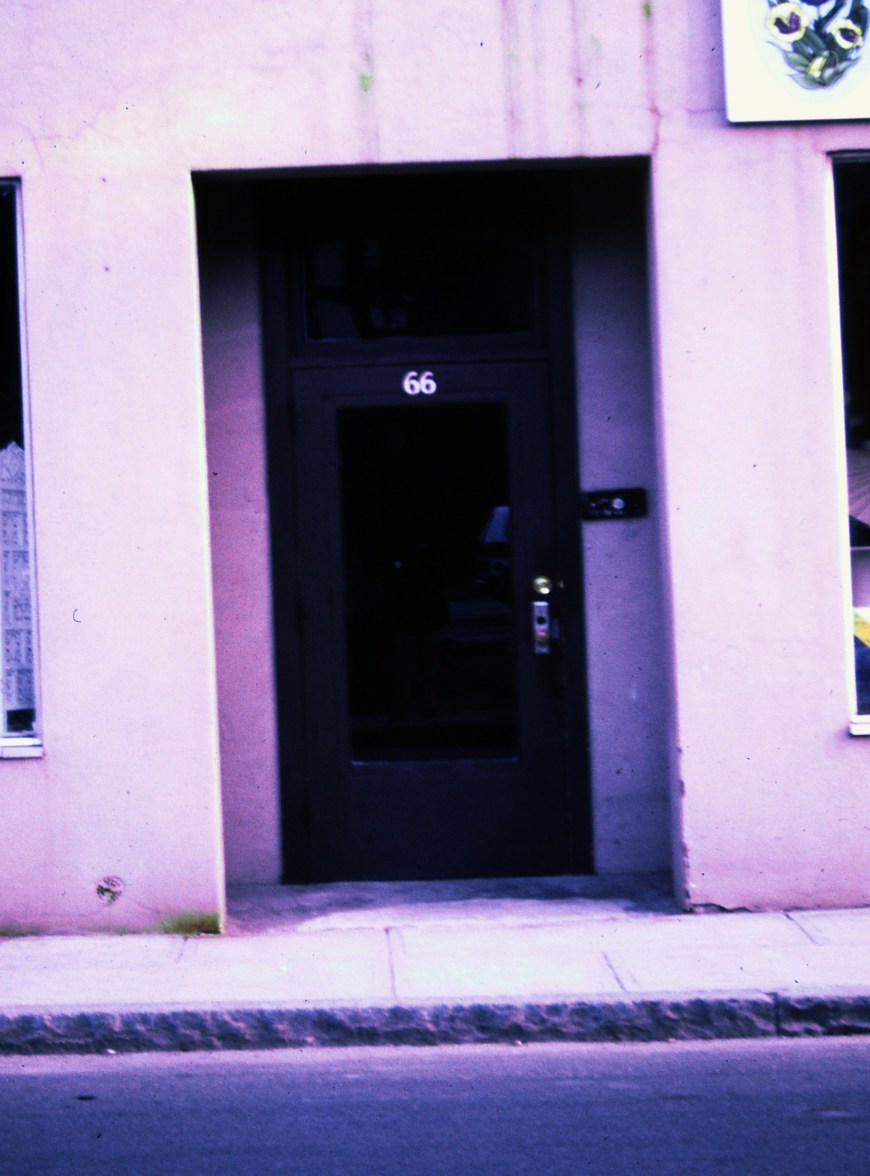
Enjoyed reading this – enjoy all your posts – thanks. sallyb
LikeLiked by 1 person
Great story!
LikeLiked by 1 person
I love reading this local history — thank you!
LikeLiked by 1 person
pasting in a twitter comment n response !!
Diane Foley @Tantele
Replying to @susanstinson @fromwickedtowed
I knew Abner Solon when I was young. He worked at the Smith College greenhouse and ate at the St. Regis Diner on pleasant str.
11:32 AM – 18 Jun 2017
Kaymarion Raymond @fromwickedtowed now
Replying to @Tantele @susanstinson
oh Diane! so nice to know. he was the last elder left at g st when it became a coop and he agreed to it tho we exempted him from work
LikeLiked by 1 person
I lived at Greenstreet for a few months, and my heart was open to a great variety of women. I made some lifelong friends. The lesbian community was alive and thriving. It is true that we had political differences, but we all knew the vital importance of a women only lesbian community.Thanks for the reminder, Kaymarion.
LikeLiked by 1 person
I really enjoyed reading this.
In the summer of 1975 I wanted to live here. The rent was $15 week and I was living in the rooming house next door for $18 week. I didn’t know it was mostly lesbians living there…and I didn’t know yet that I was a lesbian…but, there weren’t openings. It seemed like a great group of women and I missed out on the opportunity to get to know them. This article brought me back to that beautiful neighborhood. Thanks!
LikeLiked by 1 person
So many memories! I learned lots there – about lesbian history, feminism, life – and I met wonderful people. I feel lucky that Green St and Kaymarion were part of my life. Great picture of Peggy Cookson.
LikeLiked by 2 people
[…] Jackie Somma on “Green Street” Ori… […]
LikeLiked by 2 people
[…] and Laurel, editors of the Amazon Quarterly, were guests at the rooming house on Green Street late July of 1973. They didn’t at the time use their patronymns Covina and Galana, in common with […]
LikeLike
[…] moved to Northampton and, later, Andi did as well. Both lived at Green Street at different […]
LikeLike
What a wonderful piece, Kaymarion! Thank you! I’m pretty sure my address on Green Street was 66, and I have a vague memory that there was a Kay who was the house manager. Must have been you! I feel like I remember Sophie, too. I lived there my senior year at Smith (72-73) plus one year afterwards with my roommate Barbara. I think our rent was $20 a week. I was an intern in an architect’s office in Amherst and worked for $0.50 an hours…and managed to live on that by riding my bike there, eating a lot of beans and bread, and living in the boarding house. There were definitely lesbians in the house plus our gay friend…gosh, what was his name? I remember Barbara’s and my romping and giggling with him. One thing I couldn’t stand was that my room faced the river and there was some church in that direction that played bells each late afternoon – the same pattern over and over until I would be screaming out my window for them to stop! Ha ha! Those were great times.
LikeLiked by 1 person